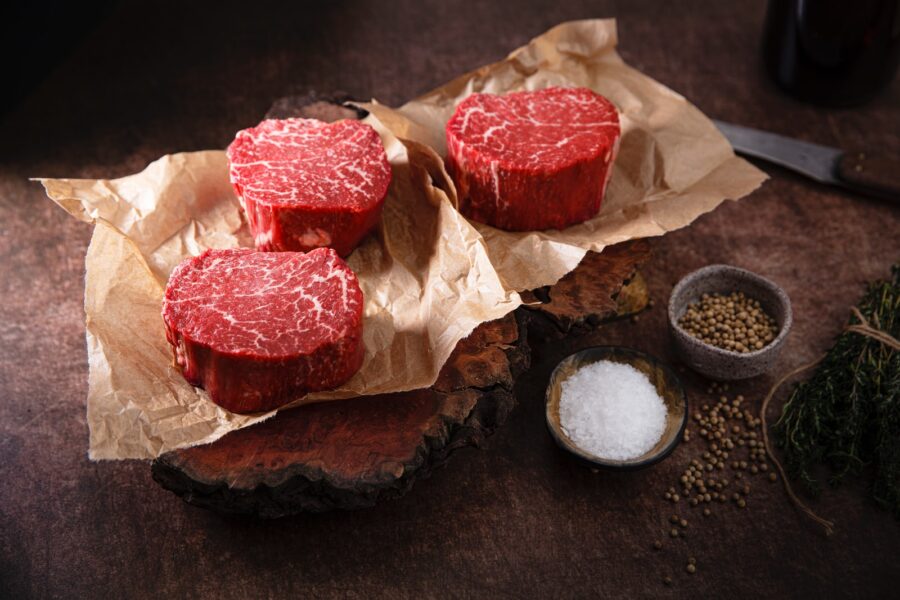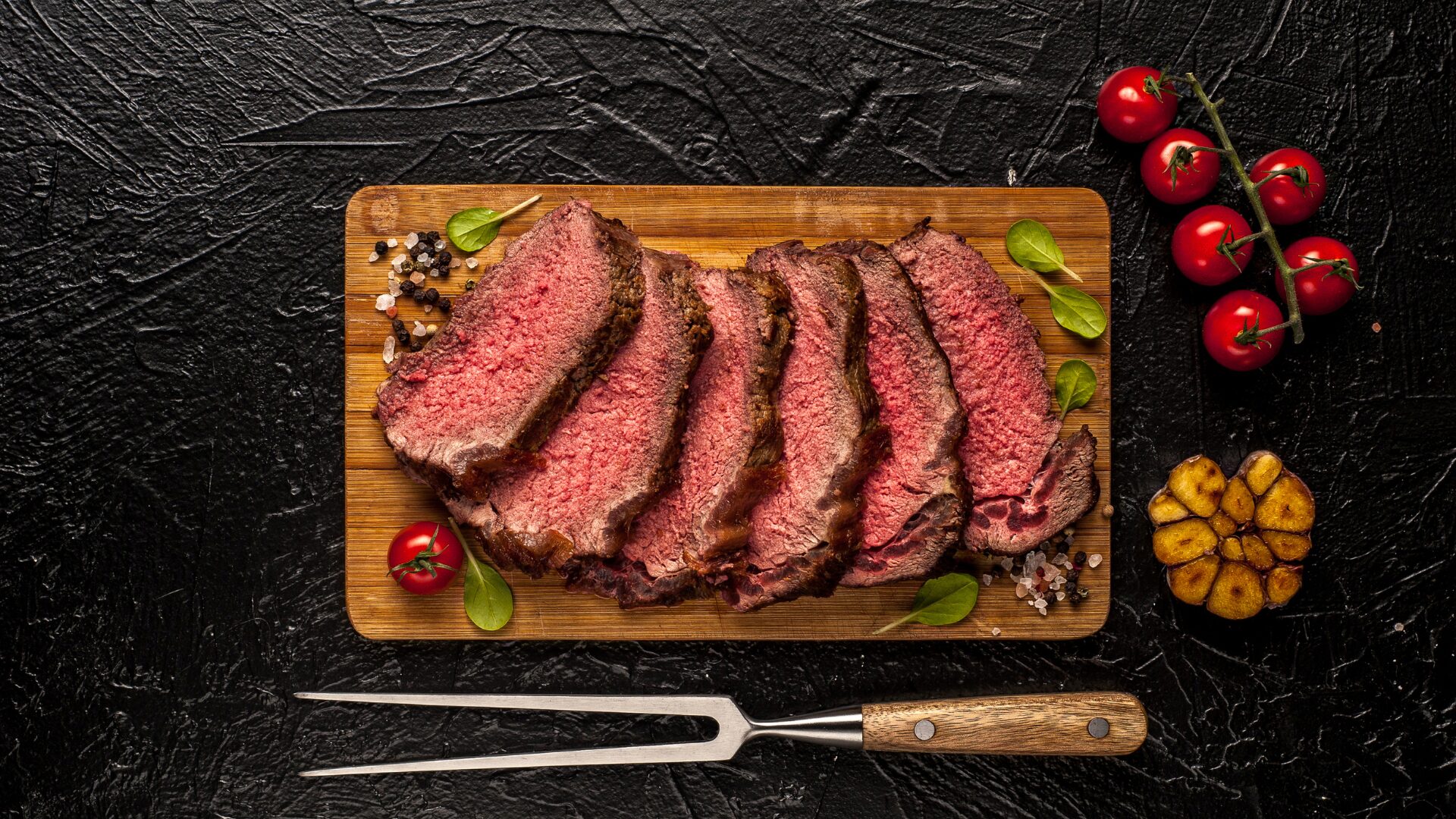Beef lovers have a tough choice to make these days: switch to cheaper proteins or swallow the more than 11% increase in beef prices from 2020 levels, averaging $5.40 a pound in June.
And though chicken is up 24% for the same period, consumers are flocking to the poultry case to snap up dinner for a bargain average price of $1.83 per pound.
The pandemic and climate change have hit food prices hard, with prices up more than 10% from last year. Throw in the switch to cheaper types of meat and meat substitutes, and the beef industry is facing a less than rosy forecast. Beef magazine reported U.S. beef consumption is expected to fall 2.2% this year. Cattle inventories also are down, and beef exports are expected to fall.
CONSUMPTION PROJECTIONS
The National Chicken Council projects U.S. beef consumption will average 58.9 pounds per person this year compared to 96.9 pounds of chicken. The difference is expected to be even starker next year: 55.1 pounds versus 97.3 pounds. Pork consumption is expected to remain fairly steady at 51.1 pounds this year and 51.7 pounds next year.
The USDA predicts 2022 fish and seafood consumption will be up as much as 10.5%, and Statista estimates the meat substitute market will reach $1.12 billion this year, up from $995.2 million in 2019.
The result has Archer-Daniels-Midland Co. slashing its forecast for animal feed from 15 million tons globally to 10 million, Bloomberg reported (July 26).
CHANGING SHOPPING HABITS
Data from the Angus Reid Institute show 80% of consumers have adjusted their shopping habits, looking for less expensive food items overall, not just alternatives to beef.
The 84.51° June Consumer Digest Survey found 33% of shoppers saying they’re buying less meat and fish. And though chicken purchases are down 5% from last year, other meats and fish are off as much as 20%. Kroger said it found shoppers are buying 36% less meat and fish, and 21% of lower income households are turning to more frozen foods, compared with just 12% of higher income households.
And it’s not just consumers. Aaron Thomas, co-founder, co-owner and head chef at Nine Mile Asheville in Asheville, North Carolina, said margins are being squeezed at his Caribbean-inspired restaurants.
RESTAURANTS REACT
“The cost of chicken for our restaurants has doubled. We have raised our prices, but it’s hard to raise them enough to cover that increase,” Thomas told The Food Institute. “Our food costs seem to be out of control. So, we have really been trying to focus on less waste and mistakes.”
“The consumer that appreciates quality and can afford it will always purchase it no matter what. Your income/financially sensitive customer is always going to [opt] for the cheapest price, or, cut that purchase out completely, and when and if price normalizes, they may purchase again,” said chef Matthew Meyer of Served in Henderson, Nevada.
He said his steakhouse, which works with independent ranches rather than major distributors, had not seen an appreciable difference in beef prices from July 2020 until last June, during which the price for bone-in ribeye went from $18.99 per pound to $21.99.
ONLINE SALES RELATIVELY STRONG
But The Food Institute has found there are at least two areas where the increase in prices may be having little impact: online sales and beef jerky.
Omaha Steaks said the company has managed to secure repeat orders from people who signed up for their products at the start of the pandemic and has avoided the supply chain issues that have impacted grocery stores since their centrally located operations have sidestepped transportation issues.
“For more than 100 years, they’ve seen inflation come and go – and now are seeing their value proposition go up,” a spokesman said, acknowledging customers are generally in higher income brackets.
JERKY DEMAND STRONG
Jeff Richards, CEO and founder of Jeff’s Famous Jerky, said most factories producing beef jerky cannot keep up with demand.
“We see consumers getting more selective in their purchases, that is all,” Richards said. “We expect the beef industry to continue to thrive for years to come even though making a profit in the beef industry continues to become more challenging.
“Our own costs to produce a bag of beef jerky have doubled in the last 10 years, so consumers are only feeling part of the financial pinch. Businesses are absorbing the rest. Over the last few years, our costs have increased about 27%.”












